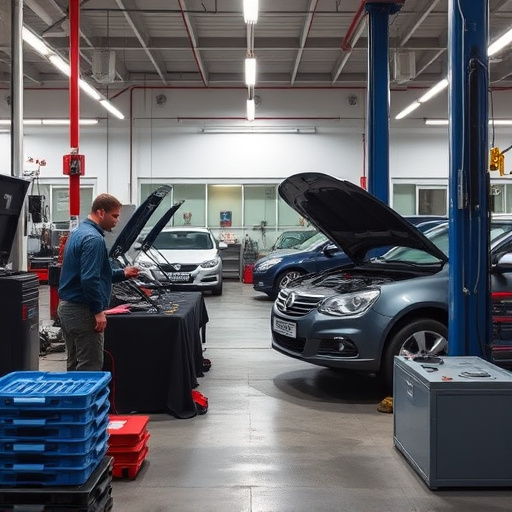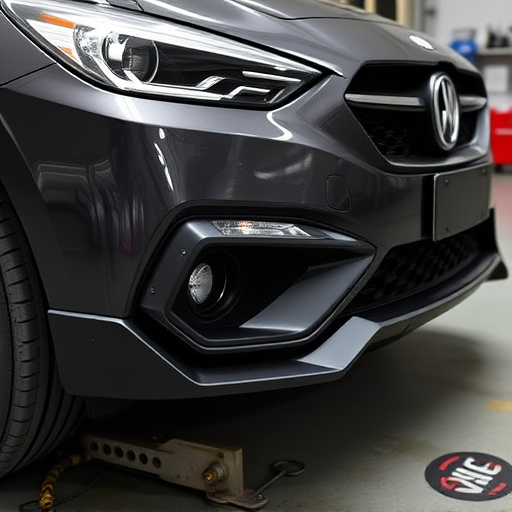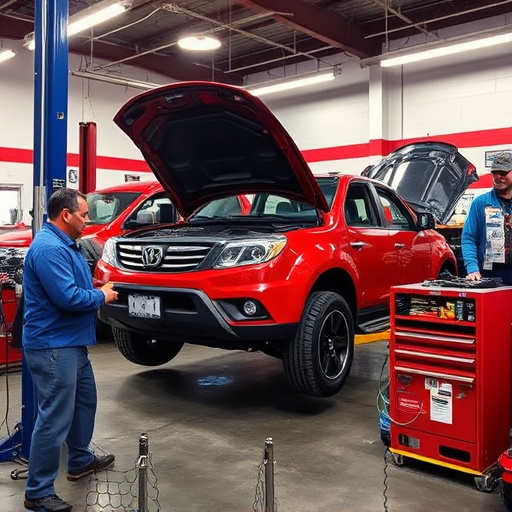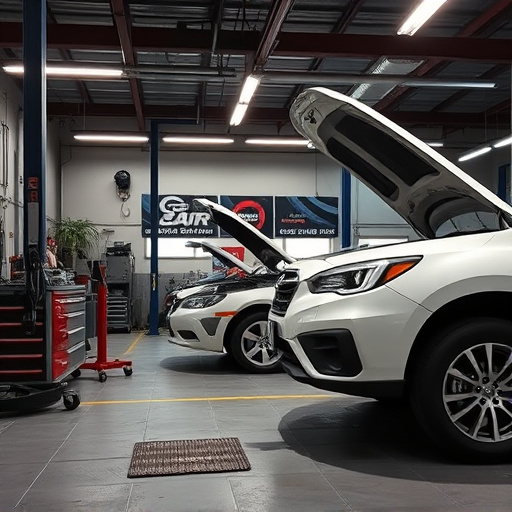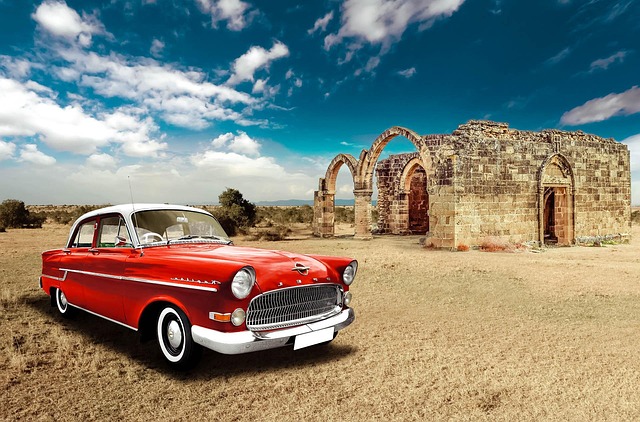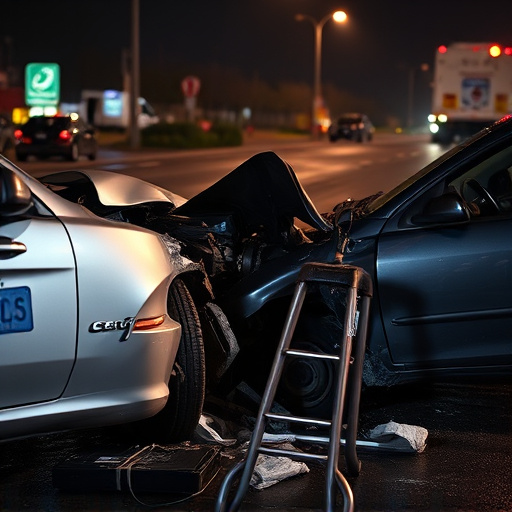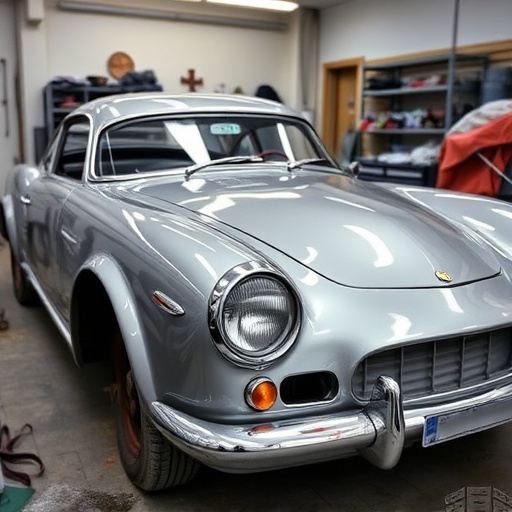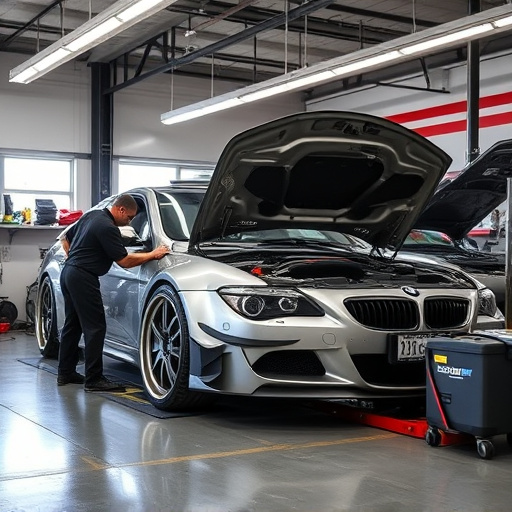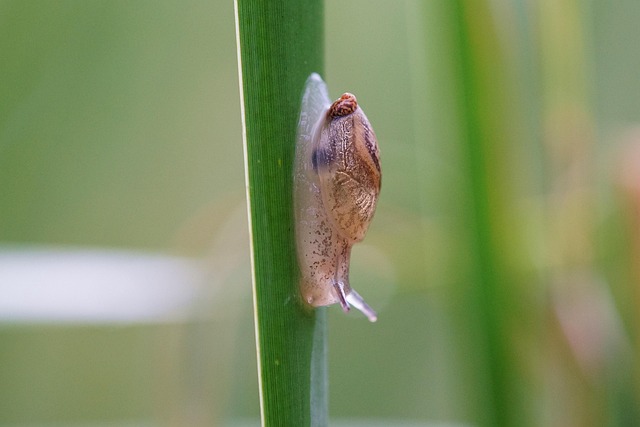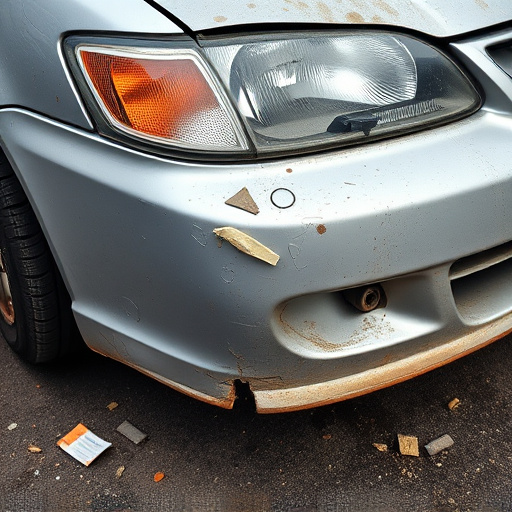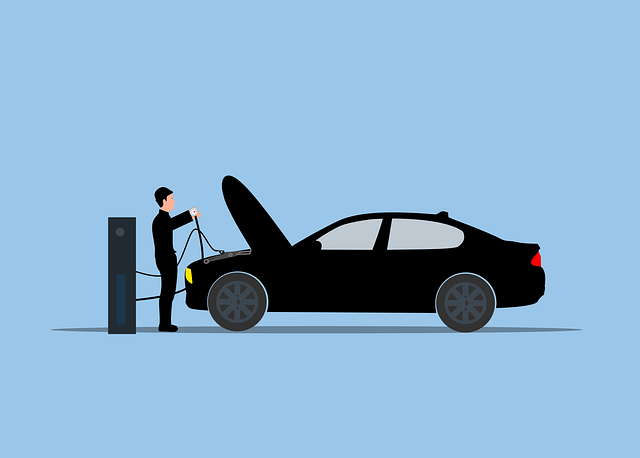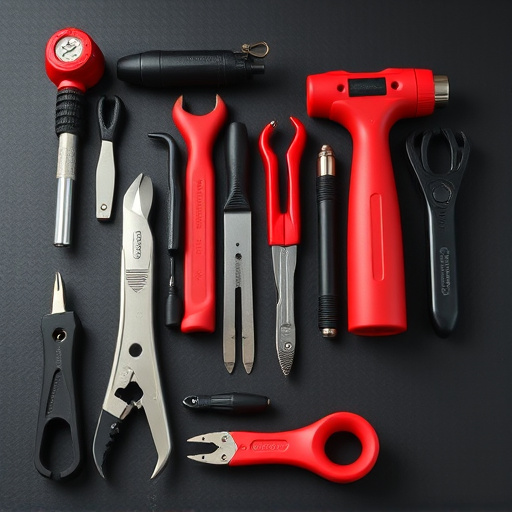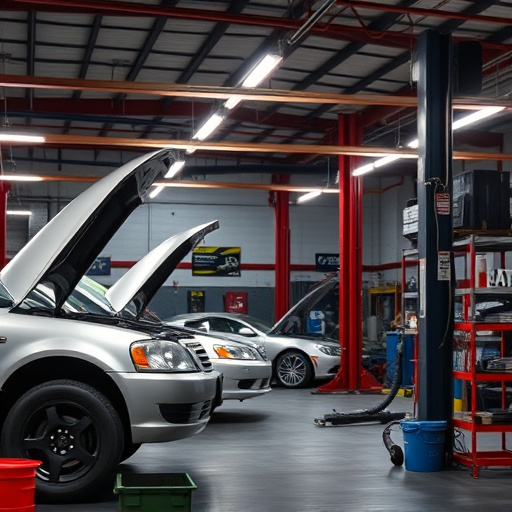Precision color matching is a critical component of modern vehicle accident repair, aiming to restore cars to pre-collision condition with minimal visible difference. It involves advanced technologies such as computer-aided color analysis and specialized paint formulas. The process begins with meticulous examination and extraction of unique color codes for precise replication of original shades. Modern tools like spectrophotometry-based color analysis, CAD software, and robotic painting systems enhance accuracy. Optimal results require thorough preparation, skilled technicians, correct color mixing techniques, and consistent application methods in controlled environments.
In the intricate world of accident repair, achieving flawless results requires a meticulous attention to detail—especially when it comes to precision color matching. This critical process ensures that repaired vehicles not only look good but also perfectly blend into their original state. Understanding the science behind precision color matching and adopting advanced techniques can significantly enhance the quality of vehicle restoration work. From specialized tools to best practices, this article explores the key elements for achieving accurate color replication in accident repair scenarios.
- Understanding Precision Color Matching: The Importance in Accident Repair
- Techniques and Technologies Employed for Accurate Color Replication
- Best Practices and Considerations for Achieving Optimal Results in Vehicle Restoration
Understanding Precision Color Matching: The Importance in Accident Repair
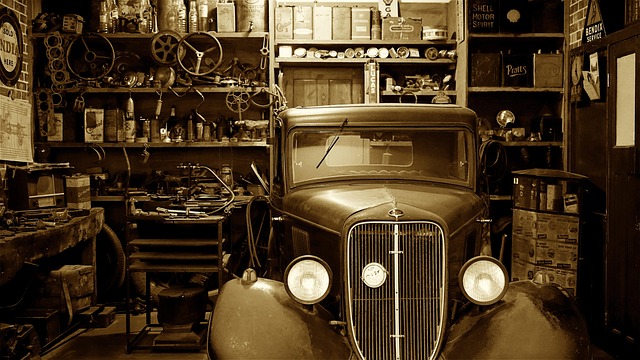
Precision color matching is a critical aspect of accident repair, ensuring that damaged vehicles are restored to their pre-collision condition with minimal discernible difference. It goes beyond mere aesthetics; accurate color matching guarantees structural integrity and customer satisfaction in vehicle collision repair. Auto body shops utilizing advanced technologies like computer-aided color analysis and specialized paint formulas can achieve flawless results.
This meticulous process involves careful examination of the damaged area, extraction of unique color codes, and precise replication of the original shade. In the realm of car damage repair, where every detail matters, precision color matching is not just a service but a promise to restore vehicles to their former glory. It fosters trust between repair shops and clients, ensuring that repairs meet or exceed expectations.
Techniques and Technologies Employed for Accurate Color Replication
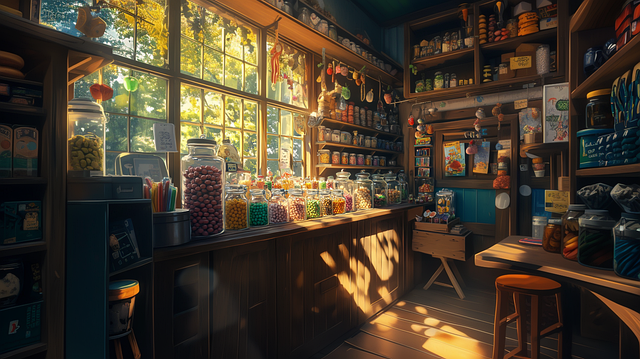
In modern accident repair scenarios, achieving precise color replication is paramount for restoring vehicles to their pre-incident condition, enhancing aesthetics and retaining vehicle value. Techniques employed include advanced color analysis tools that utilize spectrophotometry to measure and match colors accurately. These instruments scan the surface of the car body panels, capturing data on hue, saturation, and lightness, which are crucial dimensions in the RGB color model. This data is then compared against a vast database of color standards to identify the exact shade required for repainting.
Technologies such as computer-aided design (CAD) software and robotic painting systems further refine precision color matching. CAD programs allow technicians to digitally visualize and manipulate colors, ensuring meticulous preparation before actual application. Robotic painters, equipped with advanced sensors and precise nozzles, deliver paint with remarkable consistency, minimizing human error and resulting in a flawless finish. This integration of cutting-edge tools empowers vehicle repair and restoration professionals to achieve unparalleled accuracy in color replication across diverse car bodywork surfaces.
Best Practices and Considerations for Achieving Optimal Results in Vehicle Restoration
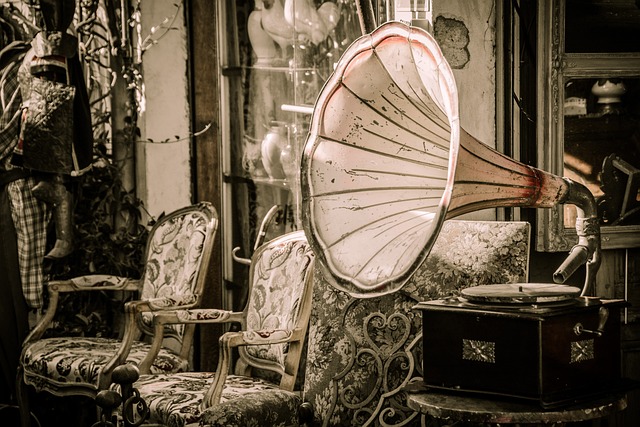
Achieving optimal results in vehicle restoration involves a meticulous approach to precision color matching. To start, professionals at auto collision centers should begin with thorough preparation. This includes cleaning and decontaminating the damaged area to ensure no residual substances interfere with the paint application. Using high-quality primers and base coats is also crucial as they lay the foundation for accurate color matching.
Additionally, skilled technicians must carefully match the original vehicle color using advanced tools and technology. This may involve taking multiple readings from different angles to account for variations in lighting conditions. Once the shade is precisely identified, selecting the right car paint services requires a deep understanding of color theory and mixing techniques. Consistent application techniques and environment controls, such as temperature and humidity, further enhance the accuracy of precision color matching, ensuring that the restored vehicle looks like new.
Precision color matching is an indispensable skill in accident repair, ensuring vehicles not only look aesthetically similar but also retain their original value. By employing advanced techniques and technologies, such as spectral measurement and computer-aided mixing, professionals can achieve accurate color replication. Adhering to best practices, including using high-quality paints and maintaining a clean workspace, optimizes results in vehicle restoration, providing customers with seamless repairs that meet their aesthetic and financial expectations.
